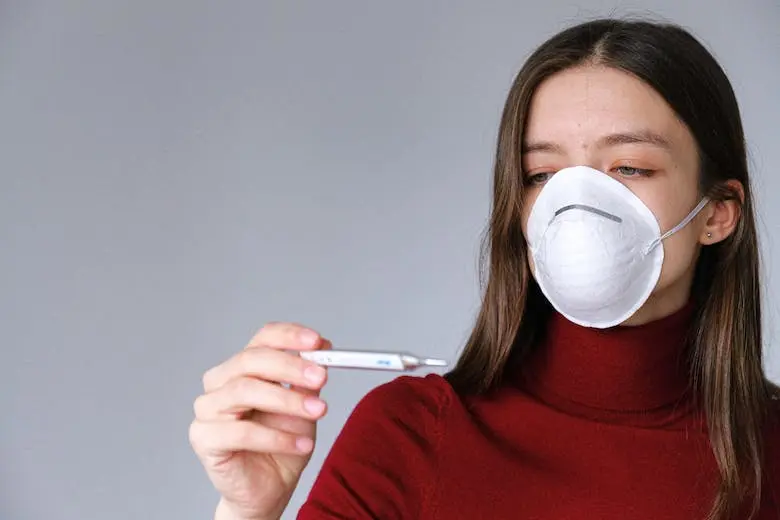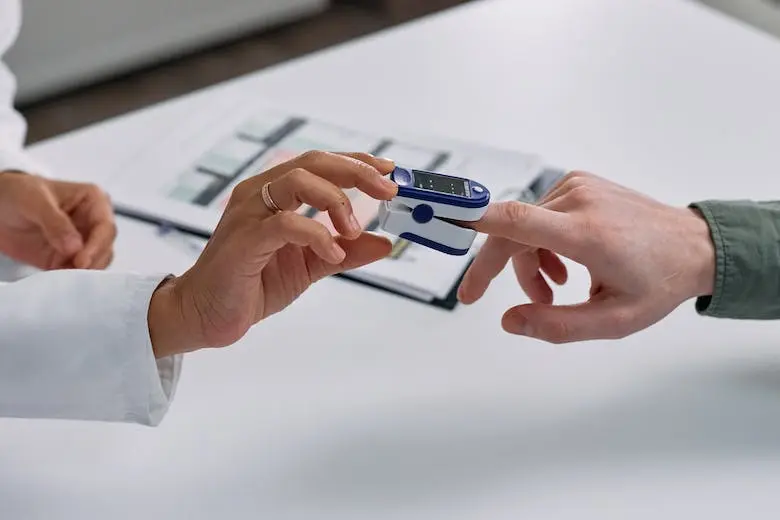Whether or not we can live a happy and fulfilled life partly hinges on whether we are in good or poor health. That explains why physicians encourage patients to get annual routine physical exams. They can identify health concerns early, typically when they are more treatable and likely to be cured. But these exams may only sometimes be enough. In between routine physicals, you should be actively monitoring their health. Part of that includes checking your vital signs. In this article, we offer tips on the best devices to use and how to better monitor your health.

Table of Contents
Essential Vitals: Understanding and Monitoring Your Body’s Health at Home
Checking one’s vital signs at home requires having or investing in a few medical devices. These devices include a heart rate monitor, a thermometer, a sphygmomanometer, a spirometer, and a pulse oximeter. All these devices can provide valuable insights concerning someone’s overall health. To appreciate those insights, it helps to know more about each device.
We explain more about some of the devices below:
Heart Rate Monitor
According to the Mayo Clinic, a healthy resting heart rate for adults is between 60 and 100 beats per minute. A resting heart rate can suggest a cardiovascular problem, such as an impending heart attack or stroke. In either case, it requires prompt medical intervention.
A heart rate that is too low can trigger dizziness and fatigue. A good quality heart rate monitor (HRM) can continuously measure someone’s heart rate. It can also alert them when it is too high or too low.
Thermometer
The average healthy body temperature is 97 to 99 degrees Fahrenheit or 36 to 37 degrees Celsius. Checking your temperature using a thermometer is an excellent way to determine if you are within this temperature range. A temperature that is too high indicates a fever. And a temperature that is too low is a sign of hypothermia. In both cases, individuals should schedule an appointment with a physician.
Sphygmomanometer
According to the National Institutes of Health (NIH), normal blood pressure for the average adult means having a systolic pressure of less than 120 and a diastolic pressure of less than 80. A sphygmomanometer is a blood pressure monitor or a blood pressure gauge. This medical device helps individuals determine if their blood pressure levels are too high or too low. Both should motivate individuals to seek medical attention as soon as possible. Untreated high blood pressure can increase the heart attack or stroke risk. In contrast, low blood pressure can signal a hormone-related disease.
Spirometer
According to the Cleveland Clinic, a healthy respiratory rate for an adult at rest is 12 to 18 breaths per minute. A spirometer is a diagnostic device that can help individuals determine if they have a healthy or unhealthy respiration rate. Anxiety, fever, dehydration, and respiratory and heart disease are common causes of a high respiratory rate. Meanwhile, common causes of a low respiratory rate include obstructive sleep apnea, head injuries, and drug overdoses.

Pulse Oximeter
Like the number of breaths we take per minute, the amount of oxygen in our blood is also critically important. A healthy blood oxygen saturation level is between 95% and 100%. Studies show a blood oxygen saturation level that is too high can adversely affect one’s breathing and heart rate. Meanwhile, one that is too low can damage the heart and brain. A pulse oximeter is a medical device individuals can use at home to measure their blood oxygen saturation levels.
Fitbit
A Fitbit is a wrist-based fitness tracker that can keep you motivated to workout. It is an excellent device for capturing and measuring your body’s movement.
A Fitbit measures steps taken, burned calories, water consumed, weight loss, and more. As you wear your fitness band, many stats get measured, and some you enter manually. It keeps you motivated to stay active throughout the day.
Conclusion
In summary, our vital signs can reveal a lot about our overall physical health. As well as using devices to monitor your health, always focus on eating the right foods and exercising. There are also natural ways to lose weight, such as using various marijuana strains. That said, if you haven’t already invested in the medical devices necessary to check them, consider this article a clarion call to do so.











Leave a Reply